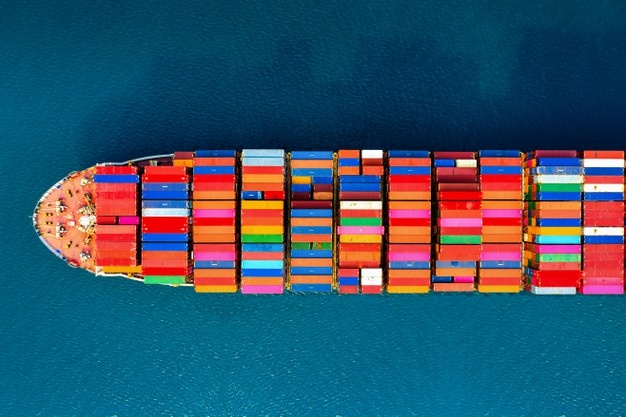[morning review]
The two markets closed green in the morning. As of the afternoon closing, the Shanghai Composite Index fell 0.43% to 320065 points; The Shenzhen Component Index fell 0.57% to 1188125 points; The gem index fell 0.18% to 258948. From the disk, agriculture, animal husbandry, feeding and fishery, chemical fertilizer, medical devices, traditional Chinese medicine, pesticide and veterinary medicine and other industries were active, with engineering consulting services, decoration, semiconductors, consumer electronics, computer equipment and other sectors leading the decline. In terms of concept, aquaculture, chicken, pork, genetically modified and prefabricated dishes are strong, while building energy conservation, 3D camera, plant lighting, Huawei Euler, electronic license sector and other concept sectors are weak. In terms of energy, as of the closing of the afternoon market, the total turnover of the two markets was 533.42 billion yuan.
[afternoon opportunity]
According to China Economic Net News, from April 1, Beijing decided to implement the inspection of imported cold chain food at the Beijing checkpoint first. Imported cold chain food can be sold only after making an appointment to enter Beijing and being checked and controlled at the Beijing checkpoint. At present, the 26 Beijing checkpoint checkpoints covering all the main access routes to Beijing are ready. In addition to imported meat, aquatic products, dairy products and fruits, the scope of cold chain food to be inspected also includes key aquatic products such as hairtail and COD, which are nominally of Chinese origin. At present, Beijing is still building 14 transit inspection warehouses at the first station. After completion, cold chain foods need to be unified into the inspection warehouse for nucleic acid detection and comprehensive disinfection, and then enter Beijing for circulation and sales with delivery certificate. Last week, the Ministry of transport issued covid-19 technical guidelines for prevention, control and disinfection of cold chain food (Fourth Edition), to further strengthen the epidemic prevention and control of imported cold chain food logistics by road and waterway. The State Administration of market supervision also held a teleconference to strengthen the management of "code assignment for warehousing in the chain" of cold chain food.
At present, the conventional disinfectants for cold chain food have some disadvantages, such as easy condensation, reduced disinfection effect, easy to produce toxic by-products to pollute food, poor disinfection effect and low efficiency. With the upgrading of cold chain food supervision and the normalization of detection and disinfection, safer and more efficient disinfection technologies usher in development opportunities. For example, the high-strength ultraviolet disinfection applied in the Winter Olympic Games has a killing efficiency of more than 99.99% for covid-19 virus, and there is no dead corner, residue, corrosion and secondary pollution. There is also electron beam irradiation sterilization, which quickly destroys the molecular structure of covid-19 virus through high-energy high-speed electron beam, without chemical disinfectant residue and secondary pollution. Driven by the policy, the cold chain food inspection industry chain company is expected to benefit.
